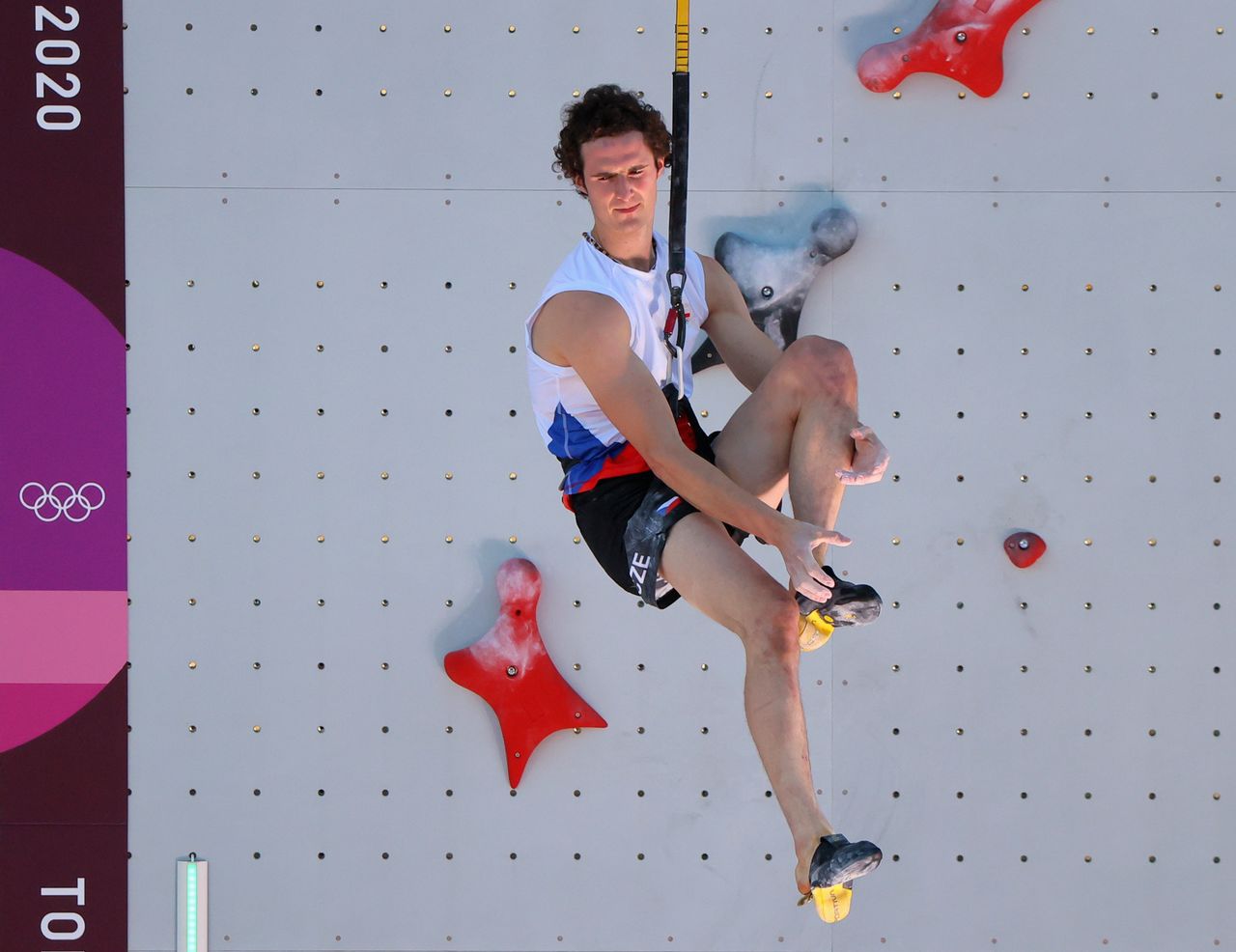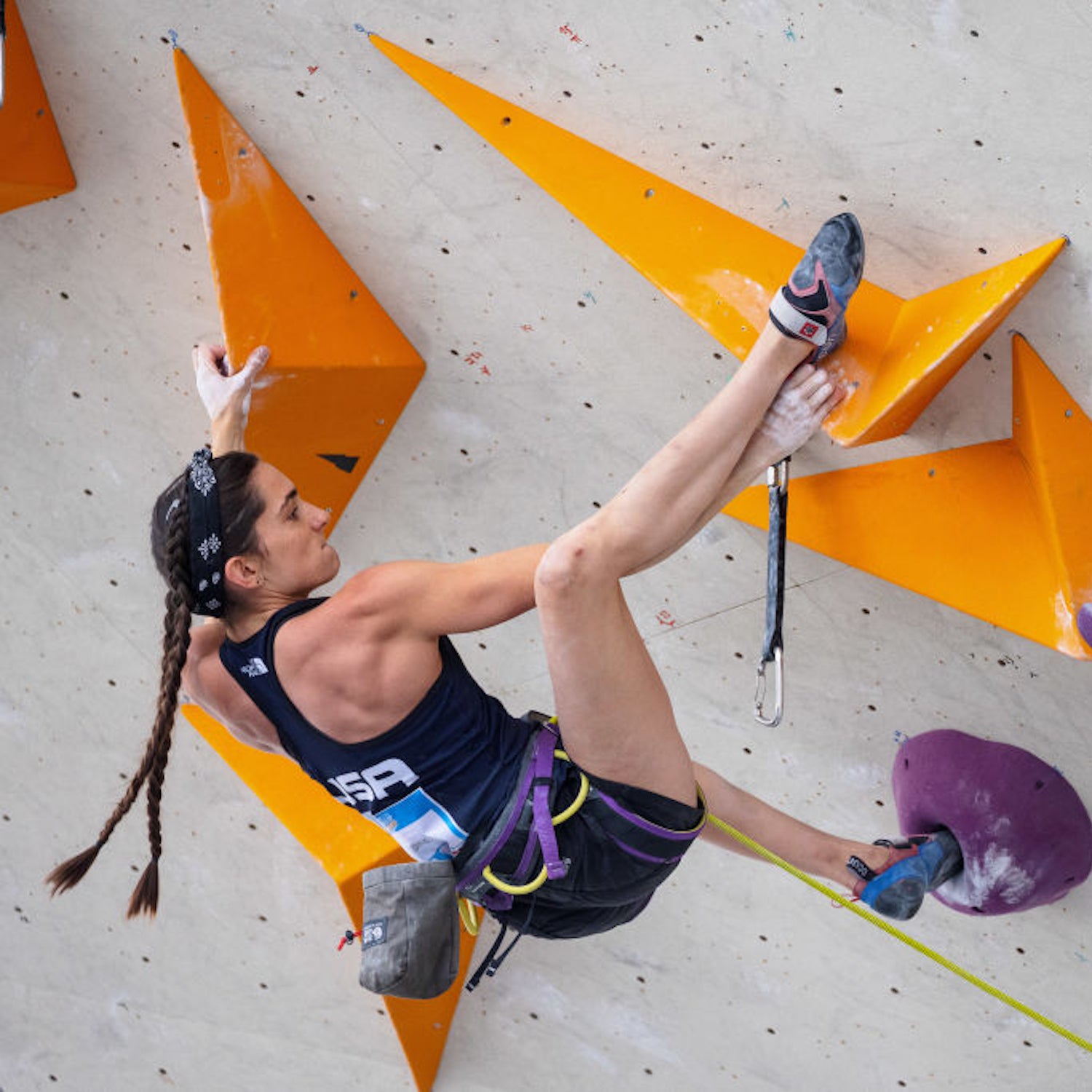The Rise of Sport Climbing in the Olympics: Sport Climbing Combined Olympics Google

Sport climbing, a discipline that involves ascending artificial rock walls, has seen a meteoric rise in popularity, especially after its inclusion in the 2020 Tokyo Olympics. This marked a significant milestone for the sport, propelling it onto the global stage and attracting a wider audience.
The History of Sport Climbing and its Inclusion in the Olympics
Sport climbing has its roots in the 1980s, with early forms of indoor climbing gaining traction in Europe and the United States. As the sport evolved, it developed into a distinct discipline with its own rules, competitions, and governing bodies. The International Federation of Sport Climbing (IFSC) was established in 1997, playing a crucial role in standardizing the sport and promoting its growth internationally.
The inclusion of sport climbing in the 2020 Tokyo Olympics was a pivotal moment. It marked the sport’s entry into the prestigious Olympic Games, providing a platform for showcasing the athleticism, skill, and dedication of climbers worldwide. The decision to include sport climbing was driven by the sport’s growing popularity, its dynamic and visually appealing nature, and its potential to attract a younger demographic.
Combined Events and Scoring Systems

The Olympic combined sport climbing event is a unique and thrilling spectacle that showcases the full range of climbing disciplines. It combines three distinct disciplines: lead climbing, bouldering, and speed climbing, creating a truly multifaceted competition.
Scoring System
The scoring system for the combined event is designed to determine an overall winner by ranking climbers across all three disciplines. Each discipline is scored independently, and the final ranking is determined by combining these scores.
- Lead Climbing: In lead climbing, athletes attempt to climb as high as possible on a challenging route within a set time limit. The climber who reaches the highest point on the wall receives the best score, with points deducted for each hold missed.
- Bouldering: Bouldering involves climbing short, challenging routes without ropes or harnesses. Climbers are given a set amount of time to complete as many problems as possible. Each problem is assigned a difficulty level, and climbers are ranked based on the number of problems they complete and their success in tackling the most difficult ones.
- Speed Climbing: Speed climbing is a race against the clock to ascend a pre-defined route as quickly as possible. The climber with the fastest time wins, with a tiebreaker being decided by the climber who reaches the top first.
To determine the overall winner, the scores from each discipline are combined using a specific formula. The formula weights the different disciplines according to their relative difficulty and importance. For example, the scoring system may give a higher weight to lead climbing, which is considered the most technically demanding discipline. The final ranking is based on the sum of the scores across all three disciplines.
Scoring Systems in Different Climbing Competitions, Sport climbing combined olympics google
While the combined event utilizes a specific scoring system, other climbing competitions employ different methods to determine winners.
- Traditional Lead Climbing Competitions: In traditional lead climbing competitions, climbers are typically ranked based on their highest point reached on a route. The climber who reaches the highest point on the wall without falling receives the best score, with points deducted for each hold missed. This system focuses on technical skill and route reading.
- Bouldering Competitions: Bouldering competitions often utilize a scoring system based on the number of problems completed within a set time limit. Climbers are awarded points for each problem they complete, with additional points awarded for completing more difficult problems. This system emphasizes problem-solving and technical skill.
- Speed Climbing Competitions: Speed climbing competitions are straightforward, with the climber who reaches the top of the wall first being declared the winner. This system solely focuses on speed and efficiency.
Impact of Google Search on Sport Climbing

The rise of sport climbing in the Olympics has undoubtedly sparked a surge in interest, and Google Search trends offer compelling evidence of this phenomenon. The digital realm has become a powerful tool for promoting the sport, connecting climbers, and fostering its growth.
Google Search Trends Reflecting Interest in Sport Climbing
Google Search trends provide valuable insights into the public’s interest in various topics. Since the inclusion of sport climbing in the Olympics, searches related to the sport have significantly increased.
- For instance, searches for “sport climbing” and “climbing gyms” have skyrocketed in the years following the 2020 Tokyo Olympics.
- This trend suggests that people are not only curious about the sport but are actively seeking opportunities to engage with it.
Google’s Role in Promoting Sport Climbing Events and Athletes
Google plays a crucial role in promoting sport climbing events and athletes.
- Through its search engine, Google provides a platform for people to discover information about upcoming competitions, results, and athletes.
- Google’s advertising platform allows organizers to reach a wider audience, promoting events and attracting sponsorships.
- Furthermore, Google’s video platform, YouTube, has become a valuable resource for climbers to share their experiences, tutorials, and inspiring footage, amplifying the sport’s reach.
Accessibility and Popularity of Sport Climbing Through Online Resources
The accessibility of online resources and tutorials has contributed significantly to the popularity of sport climbing.
- Platforms like YouTube offer a wealth of instructional videos, covering everything from basic climbing techniques to advanced moves.
- Online communities and forums provide a space for climbers to connect, share tips, and find climbing partners.
- These resources have democratized the sport, making it more accessible to people of all ages and skill levels.
A quick search on “sport climbing combined olympics google” reveals a wealth of information on this groundbreaking event. For a truly immersive experience, however, one should seek out sport climbing combined olympics video footage, which captures the raw energy and athleticism of the competition.
These videos offer a deeper understanding of the challenges and triumphs of this unique sport, further enriching the knowledge gained from a simple Google search.
The inclusion of sport climbing as a combined discipline in the Olympics has sparked a global conversation about the future of the sport. While athletes grapple with the demands of the competition, armchair spectators may find themselves considering the comforts of a well-appointed home office, perhaps even indulging in the luxurious feel of a leather home office chair , to enjoy the thrilling spectacle from the comfort of their own space.
Ultimately, the rise of sport climbing in the Olympics reflects a broader cultural shift towards embracing physical challenges and celebrating athletic prowess.